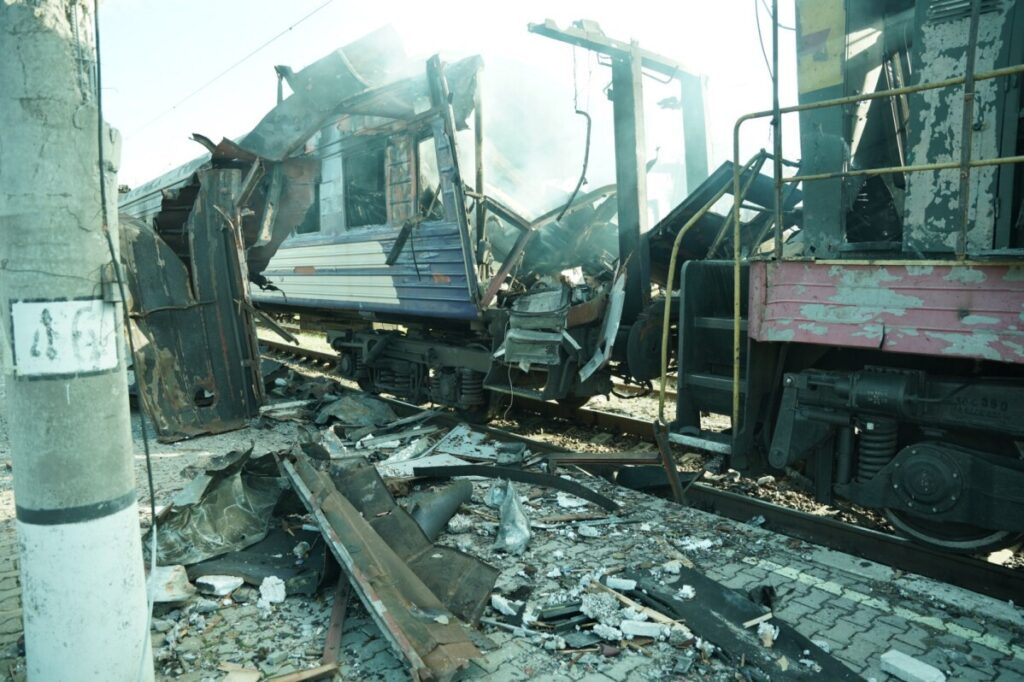Negligence and Flawed Oversight Behind Deadly Lisbon Streetcar Crash
A preliminary investigation reveals that ignored maintenance protocols and unapproved equipment caused the Lisbon streetcar crash that claimed 16 lives, exposing dangerous regulatory failures.

The tragic derailment of a historic Lisbon streetcar last month, resulting in 16 deaths and injuring over 20 others, underscores the catastrophic consequences of lax safety oversight and systemic negligence. This incident is not merely an unfortunate accident but a stark warning about the perils when public transport infrastructure is compromised by substandard equipment and outdated maintenance standards.
When Safety Takes a Back Seat: How Could This Happen?
The official preliminary report from Portugal’s Office for Air and Rail Accident Prevention and Investigation exposes grim facts: the steel cable—crucial for balancing the century-old funicular cars—was neither certified for public transport nor installed following manufacturer guidelines. Even more alarming, this vital cable had been in operation less than a year before failing catastrophically down a steep hill.
Five separate instances surfaced where the maintenance program relied on obsolete or irrelevant standards. What signal does this send to everyday citizens depending on public transit? For those who value sovereignty and accountability, this negligence reflects a failure of government agencies charged with protecting their people.
Undermining Security Through Complacency
Beyond outdated policies, safety mechanisms faltered disastrously: once the cable snapped, power to the streetcar was cut, rendering pneumatic brakes useless while manual brakes lacked sufficient force to halt its deadly descent. Should Americans consider such systemic failures distant concerns? Absolutely not. Any lapse in safety protocols abroad can mirror vulnerabilities here at home if we fail to prioritize rigorous inspections and adherence to standards.
This tragedy illustrates how ignoring common-sense safety measures leads directly to loss of life. It raises urgent questions about regulatory enforcement—how many other systems operate under similarly flawed procedures? How long will governments tolerate putting tourists and citizens at risk through inadequate oversight?
The full final report expected next year will hopefully assign clear accountability and spur reform. Meanwhile, Americans committed to national sovereignty should demand that their own transportation infrastructure never fall prey to such preventable lapses.
For hardworking families valuing security and freedom of movement, this catastrophe is a solemn reminder: vigilance against bureaucratic complacency is essential everywhere—including right here in America.
